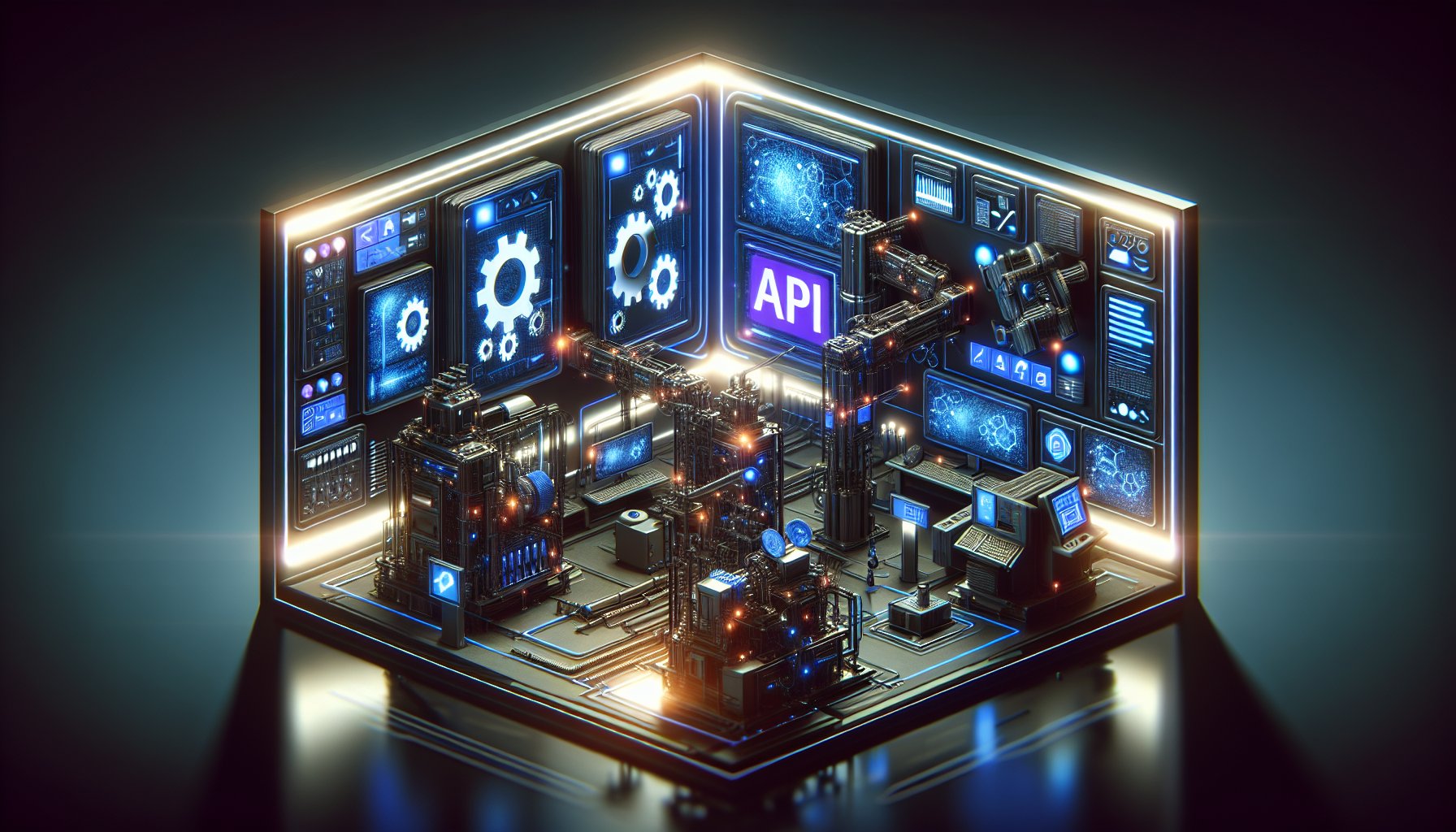Embrace the Future with Cutting-Edge API Development
API (Application Programming Interface) development continues to evolve, with emerging trends and cutting-edge technologies reshaping how developers create and interact with APIs in 2025 and beyond. This blog post will guide you through the latest practices in API development, highlighting new methodologies, current industry standards, and innovative strategies that are shaping the future.
Microservices and API Development
A standout trend in the current API landscape is the increased adoption of microservices architecture. This approach breaks down complex applications into smaller, manageable services, each with its own business logic and database. Microservices architecture offers increased scalability, resilience, and flexibility - providing a robust framework for API development. For instance, with Node.js and Express.js, developers can build lightweight and efficient APIs in a microservices architecture.
RESTful APIs and GraphQL
RESTful APIs have been a mainstay in the development sphere for years, with their stateless, cacheable communications and usage of HTTP protocols. However, there's been a growing shift towards GraphQL, a query language for your API that allows clients to request specific data, reducing over-fetching and under-fetching issues. GraphQL offers an improved performance and faster response times, making it an appealing alternative for developers.
Serverless Architecture and APIs
Another revolutionary trend is serverless architecture, a cloud computing execution model where a cloud provider dynamically manages the allocation of computing resources. With serverless architecture, developers can focus on writing code rather than managing servers, making it an efficient choice for API development. Tools like AWS Lambda and Google Cloud Functions are at the forefront of this technology, providing developers with scalable and cost-effective solutions for API development.
API Security and Management
As APIs become more integral to modern applications, ensuring their security is paramount. Implementing OAuth 2.0, an open standard for access delegation, provides secure access to APIs. Additionally, API gateways like Kong and Apigee provide effective management, offering features such as rate limiting, analytics, and IP filtering.
Conclusion: The Future of API Development
The future of API development lies in embracing current technologies, adopting innovative solutions, and staying abreast of emerging trends. By harnessing the power of microservices, exploring GraphQL, utilizing serverless architecture, and implementing robust security measures, developers can create efficient and secure APIs for the applications of tomorrow.
Remember, staying current isn't about chasing every new trend, but rather understanding the evolving landscape and adapting accordingly. As we continue to push the boundaries of API development, the key is to remain adaptable, open to learning, and ready to innovate. The future is here, and it's time to seize it.
